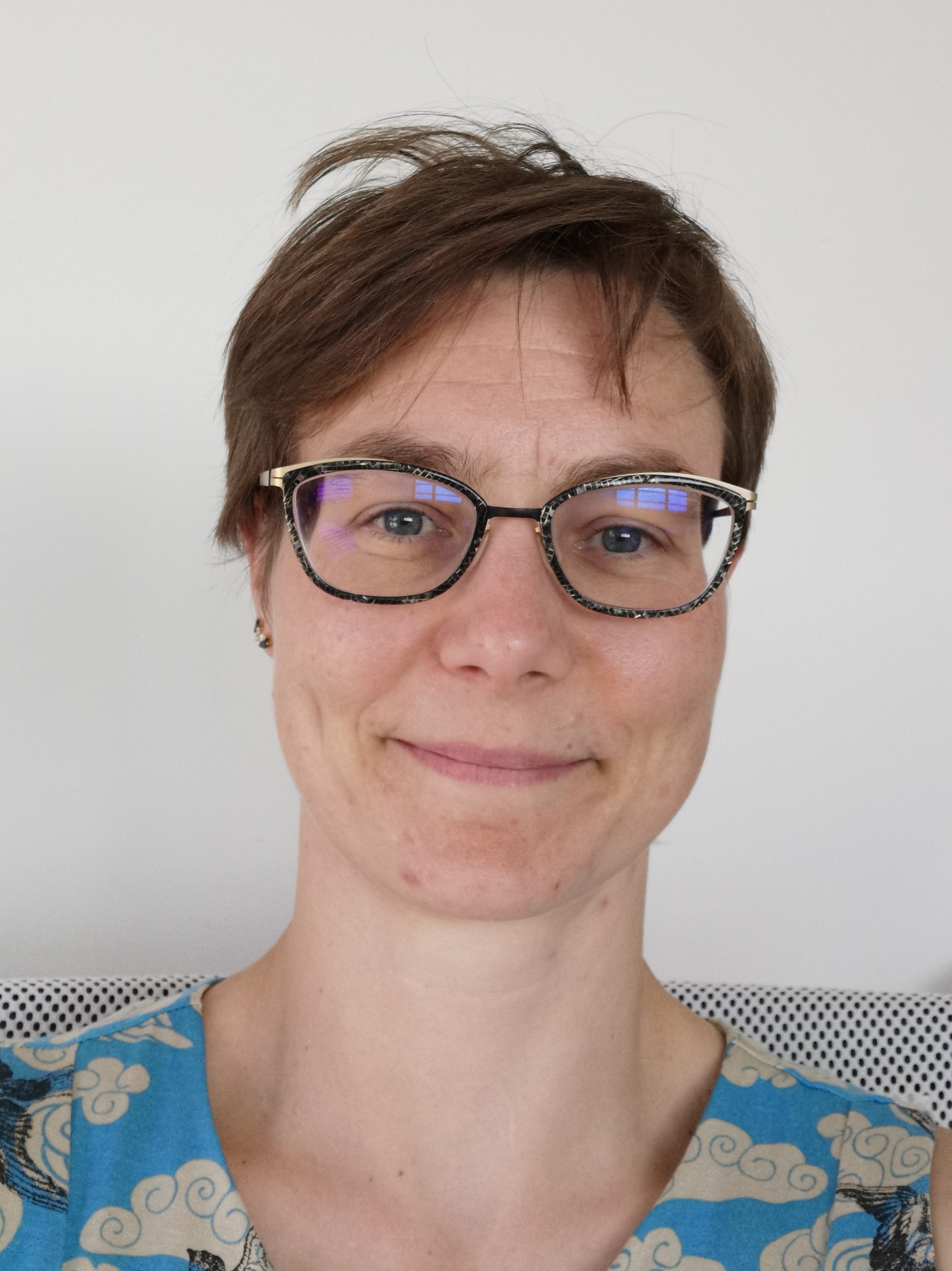Fiche de CHATOUX Hermine

CHATOUX Hermine
MCF
| Adresse | 9 avenue Alain Savary - BP47870 - 21078 DIJON |
| Localisation | Bâtiment I3M - Bureau 306 |
| Tél. | 03 80 39 36 03 |
| hermine.chatoux@u-bourgogne.fr |
- Publications
- Axes de recherche
Publications
Luxman Ramamoorthy, Yuly Emilia Castro Cartagena, Hermine Chatoux, Marvin Nurit, Amalia Siatou, et al.. LightBot: A Multi-Light Position Robotic Acquisition System for Adaptive Capturing of Cultural Heritage Surfaces. Journal of Imaging, 2022, 8 (5), pp.134. ⟨10.3390/jimaging8050134⟩. ⟨hal-04870581⟩
Ramamoorthy Luxman, Hermine Chatoux, Gaëtan Le Goïc, Jon Yngve Hardeberg, Franck Marzani, et al.. A Benchmark Dataset and Evaluation for Best Light Configuration in Reflectance Transformation Imaging. Archiving, Jun 2023, Oslo, France. pp.75-81, ⟨10.2352/issn.2168-3204.2023.20.1.15⟩. ⟨hal-04455135⟩
Abir Zendagui, Gaëtan Le Goïc, Hermine Chatoux, Jean-Baptiste Thomas, Pierre Jochum, et al.. Reflectance Transformation Imaging as a Tool for Computer-Aided Visual Inspection. Applied Sciences, 2022, 12 (13), pp.6610. ⟨10.3390/app12136610⟩. ⟨hal-03833378⟩
Yuly Castro, Gaëtan Le Goïc, Hermine Chatoux, Livio De Luca, Alamin Mansouri. A new pixel-wise data processing method for reflectance transformation imaging. The Visual Computer, 2023, pp.10.1007/s00371-023-03105-4. ⟨10.1007/s00371-023-03105-4⟩. ⟨hal-04406134⟩
Reimmer Meldrick, Hermine Chatoux, Olivier Aubreton. Improving the Fidelity of Synthesized Images by Integrating Real-World Data. Traitement et l'Analyse de l’Information : Méthodes et Applications, TAIMA-2023, Arts-pi, May 2023, Hammamet, Tunisia. pp.236 - 249. ⟨hal-04189868⟩
Yuly Castro, Amalia Siatou, Mattieu Rossé, Hermine Chatoux, Ramamoorthy Luxman, et al.. Extended Framework for Multispectral RTI. Archiving Conference, Society for Imaging Science and Technology Publisher Location : IS&T 7003 Kilworth Lane, Springfield, VA 22151 USA, 2022, Springfield, United States. pp.56 - 61, ⟨10.2352/issn.2168-3204.2022.19.1.12⟩. ⟨hal-03836363⟩
Amalia Siatou, Yuly Castro, Marvin Nurit, Hermine Chatoux, Gaëtan Le Goïc, et al.. A Methodological Approach for Multi-Temporal Tracking of Silver Tarnishing. MM '22: The 30th ACM International Conference on Multimedia, Oct 2022, Lisboa, Portugal. pp.5-13, ⟨10.1145/3552464.3555686⟩. ⟨hal-03836349⟩
Abir Zendagui, Gaëtan Le Goïc, Hermine Chatoux, Jean-Baptiste Thomas, Yuly Castro, et al.. Quality assessment of dynamic virtual relighting from RTI data: application to the inspection of engineering surfaces. Proceedings of SPIE, the International Society for Optical Engineering, 2021, 11794, ⟨10.1117/12.2589178⟩. ⟨hal-03527464⟩
Marvin Nurit, Gaëtan Le Goïc, Stephane Maniglier, Pierre Jochum, Hermine Chatoux, et al.. Improved visual saliency estimation on manufactured surfaces using high-dynamic reflectance transformation imaging. Fifteenth International Conference on Quality Control by Artificial Vision, May 2021, Tokushima, Japan. pp.51, ⟨10.1117/12.2589748⟩. ⟨hal-03479036⟩
Rui Jian Chu, Noël Richard, Hermine Chatoux, Christine Fernandez-Maloigne, Jon Yngve Hardeberg. Hyperspectral Texture Metrology Based on Joint Probability of Spectral and Spatial Distribution. IEEE Transactions on Image Processing, 2021, pp.4341-4356. ⟨10.1109/TIP.2021.3071557⟩. ⟨hal-03463722⟩
Axes de recherche
Je développe des traitements d’images couleurs et spectrales respectant les contraintes de la métrologie logicielle. Celle-ci intègre l’aspect physique d’un problème dans une construction mathématiquement non-empirique. Ces contraintes sont essentielles pour nombre d’applications industrielles, médicales ou patrimoniales. Elles permettent de nouvelles expérimentations et modèles d’analyse de l’interaction entre le système visuel humain et le contenu physique des scènes observées.
Métrologie pour le traitement d’images multi-modales respectant un protocole de validation :
- preuve de généricité avec des références synthétiques,
- preuve de concept face à des références étalons,
- preuve d’efficacité dans des cas d’applications.
Développement d’outils génériques pour l’analyse d’images :
- extraction de points d’intérêt,
- description de zone texturée.
Définir les liens entre les mesure physiques et la perception humaine :
- pour mieux évaluer les distances entre textures perçues,
- pour mettre en évidence des informations non perceptibles.
Projets :
- Détection des points d’intérêt couleur/multi/hyper spectraux.
- Expérience psycho-visuelle sur le lien entre points d’intérêt et points saillants.
- Étude théorique de l’impact d’une vision déficiente des couleurs sur la perception des gradients.